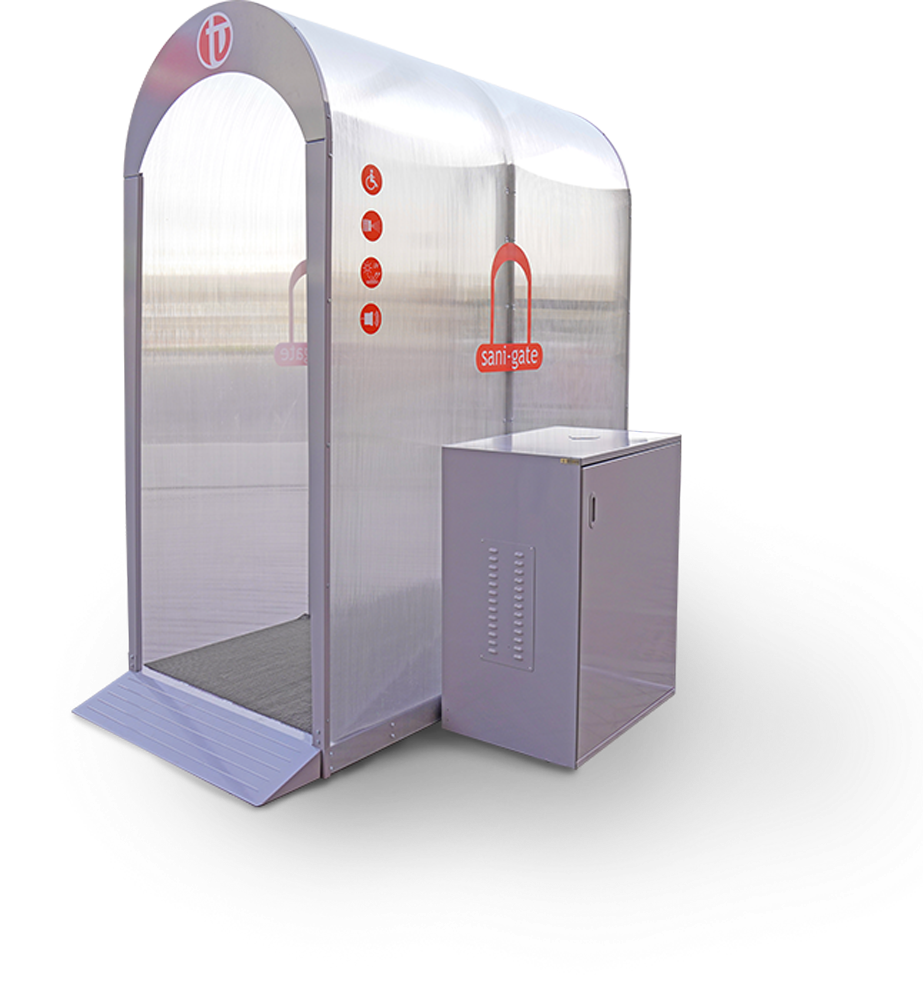Sterilizer Buying: 6 Tips To Consider

When it comes to purchasing a sterilizer or sterilization gate, whether for medical, laboratory, or personal use, it is important to make an informed decision. Sterilizers play a crucial role in eliminating harmful pathogens and ensuring the safety and cleanliness of equipment and instruments. To help you choose the right sterilizer for your needs, here are some tips to consider:
Understand your requirements:
Before beginning your search for a sterilizer, clearly define your requirements. Consider factors such as the intended use, volume of items to be sterilized, required sterilization methods (e.g., steam, dry heat, chemical), and any specific regulations or guidelines you need to comply with. Understanding your needs will guide you in selecting the most suitable sterilizer.
Research sterilization methods:
Familiarize yourself with different sterilization methods and their pros and cons. The most common methods include steam sterilization (autoclaving), dry heat sterilization, chemical sterilization, and ethylene oxide (EtO) sterilization. Each method has specific applications and considerations regarding temperature, exposure time, and compatibility with different materials.
Consider capacity and size:
Determine the capacity and size requirements based on the volume of items you need to sterilize. Consider the dimensions of the sterilization chamber or compartment, as well as the load capacity. Ensure that the sterilizer can accommodate your typical load size without overcrowding, which may compromise the effectiveness of the sterilization process.
Evaluate safety features:
Safety should be a top priority when choosing a sterilizer. Look for models with built-in safety features such as pressure and temperature monitoring, automatic shutdown, and locking mechanisms to prevent accidental opening during the sterilization cycle. Safety certifications and compliance with regulatory standards are also important considerations.
Ease of use and maintenance:
A user-friendly sterilizer will save time and ensure proper operation. Look for intuitive controls, clear display panels, and easy-to-follow instructions. Consider maintenance requirements, such as cleaning procedures, routine maintenance tasks, and availability of spare parts. Easy maintenance and accessibility will help prolong the lifespan of the sterilizer.
Budget considerations:
Set a budget range and consider the long-term cost implications. Take into account the initial purchase price, operational costs (e.g., energy consumption, consumables), and any maintenance or service contracts. While cost is an important factor, prioritize quality and functionality over the lowest price to ensure reliable sterilization results.